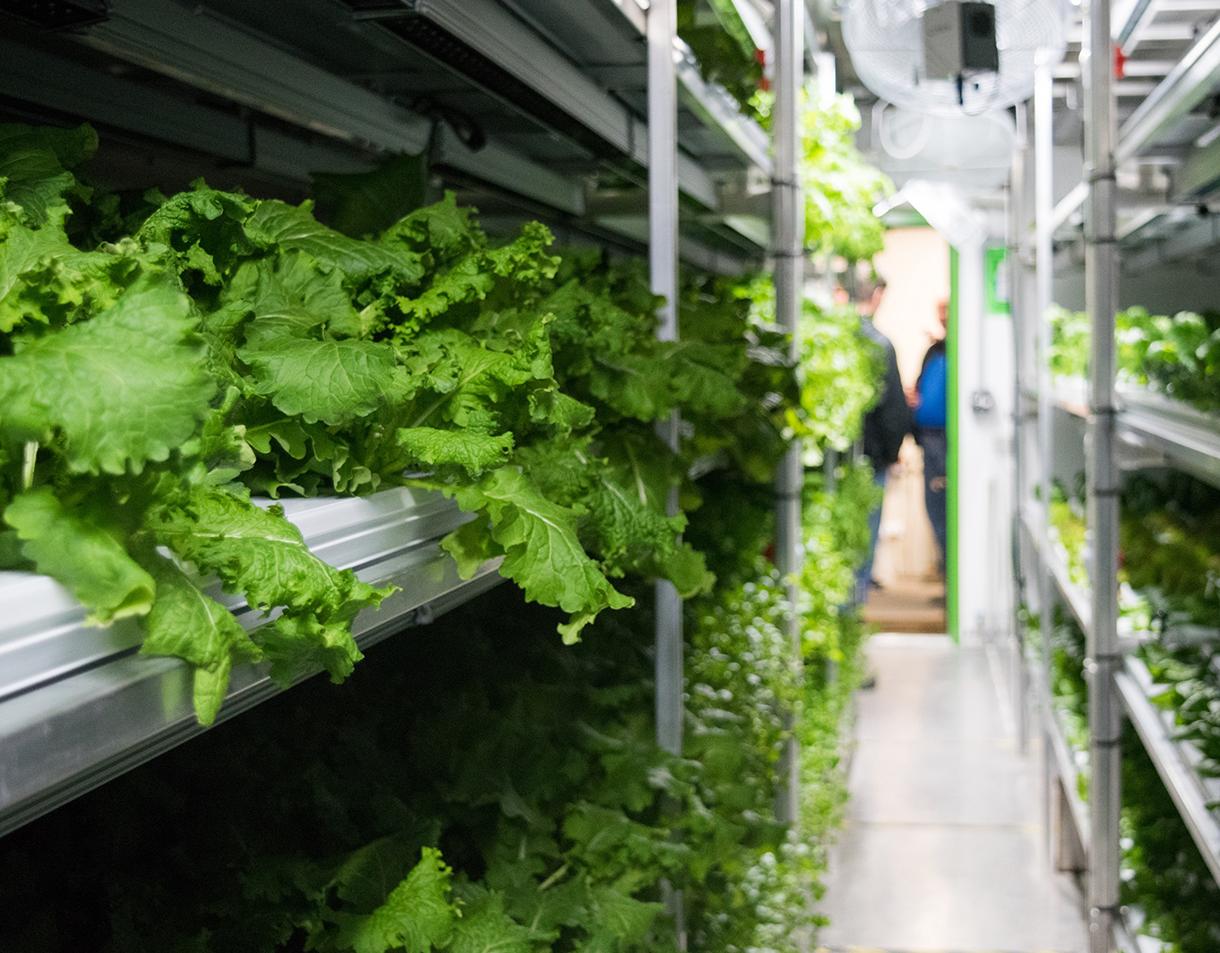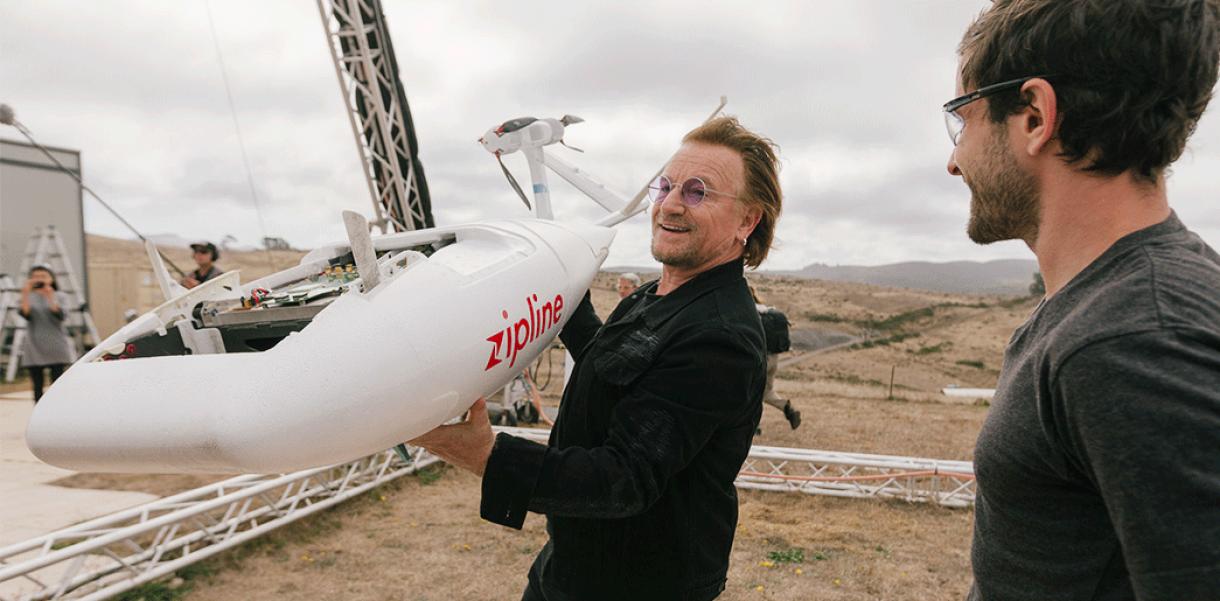Climate change is bringing gradual yet pervasive environmental change across the globe. The ice caps are melting, cities are flooding, and wildfires are consuming all in their path. We’ve been given until 2050 to stop the rise in temperature. Can it be done or is our grim future on this planet sealed?
Right now, 64 million displaced people in the world are fleeing wars, hunger, persecution and the growing force of climate change. The UN forecasts that there could be anywhere between 25 million and 1 billion environmental migrants by 2050. In late 2017, there were numerous reports of a Climate Refugee Visa proposed by New Zealand’s Government. The visa would welcome Pacific Islanders who are forced to migrate because of rising sea levels. Although the proposal never fully came to fruition, it’s not unlikely that a similar initiative will be needed on a global scale.
While moving away from rising sea levels may be an option for some, our cities will inevitably have to adapt. It’s projected that many locations will eventually need to be redesigned for flood resistance, meaning it won’t be too long before we see architecture like the Flood-proof Towers. The concept, by DFA, tackles rising sea levels while addressing the issue of affordable housing in New York City. The proposed location would be on Manhattan’s Pier 40 and would consist of 19 cylindrical towers and several pods floating around the Pier to provide a buffer against potential storm damage.
Fast-forward a millennium from now, if global warming increases exponentially, will the majority of the planet be underwater? As it’s unlikely humans will evolve quickly enough to survive, we might need Amphibio. This speculative design project, by Jun Kamei, consists of a 3D-printed garment that would function as human ‘gills’. The material supports underwater breathing through replenishing oxygen from the surrounding water while dissipating the carbon dioxide accumulating in the system.
Another challenge of more inhospitable climates is our food supply. The Growcer, however, could eliminate this problem with their solution that can produce food in sub-zero temperatures to blistering deserts. The containers house a high-tech farming system combining hydroponic technology with precision climate controls. The 1,800 planting slots can produce up to 105 kgs per week and, best of all, they can be run by anyone — no farming background required.
-
Images: Mikito Tateisi, DFA & The Growcer









